Smashing the Glass Ceiling for Women in Tech: Exposing Hidden Gender Bias in Job Descriptions [Research]
In the fast-paced world of technology, the hunt for top talent knows no gender. But a look beneath the surface shows that gender bias lurks in job descriptions, limiting talent pools and affecting the diversity and inclusivity of the industry.
At the end of 2023, women in tech held only 35% positions. When it comes to recruiting top talent in tech, it’s essential that job postings are free from any gender biases that may deter qualified candidates. By embracing diversity and implementing best practices in job posting, organizations can attract a wide range of talent and foster a more inclusive workplace for women in tech.
Recognizing the need for improvement, Cangrade researched how job description language might keep women from applying to tech positions. Our study aimed to uncover whether the language used in tech job descriptions contributes to or avoids gender biases that hinder diversity and shrink talent pools.
To comprehensively examine gender bias in tech job descriptions, we selected job roles representing both female-dominated and male-dominated occupations to compare to tech. The analysis included job descriptions across five major U.S. cities and analyzed criteria such as DE&I statements, gendered language, and parent-friendly policies.
Join us in the journey towards a more inclusive tech industry with deep talent pools.
Download the free report revealing the state of gender bias in job descriptions and how to combat it to unleash the full potential of your recruitment efforts.
In our research, you’ll find insights like:
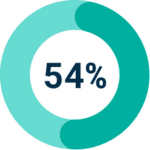
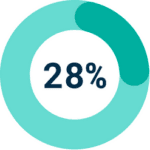
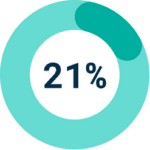
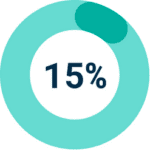
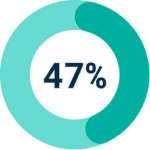
And detailed tactics for combatting our findings on gender bias in job descriptions, like how to:
- Translate DE&I statements into concrete actions
- Balance qualifications and requirements
- Limit superlative language
Often seen as the leader in progress, the tech industry can set the standard for inclusive workplaces where everyone succeeds and build talent pools by addressing gender bias in job descriptions. To access the complete report and unlock actionable insights for building gender equity in tech, download our research below and join us in reshaping the future of tech.
Download the full report